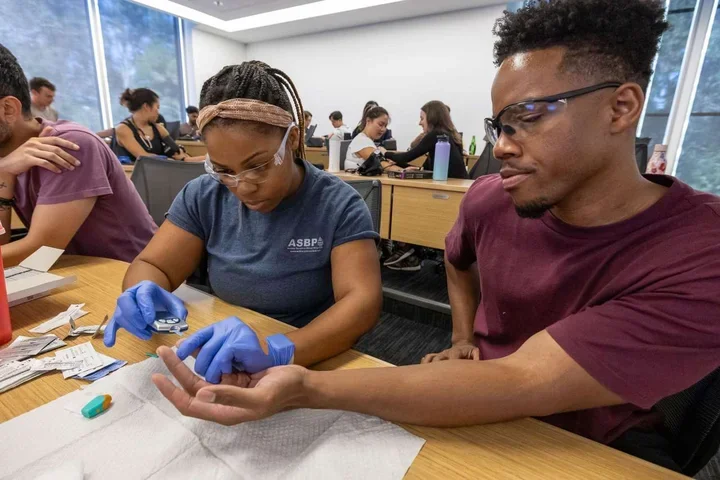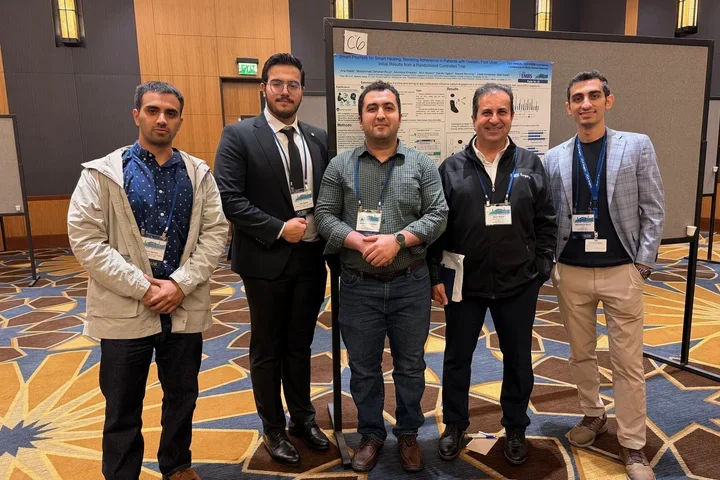How to Prevent Cancer Through Lifestyle Choices
Research Spotlight
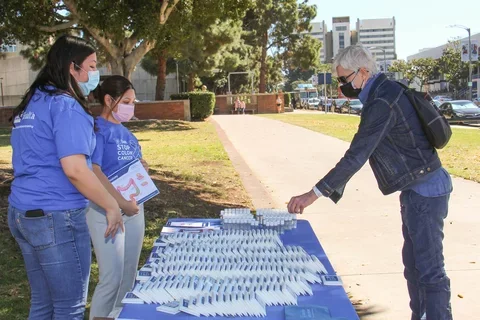
Intertwined factors determine an individual’s risk of developing cancer. Some factors, such as genetics, are beyond control. Other factors—lifestyle factors—can be changed to decrease cancer risk, and in some cases, prevent it from developing.
“It’s better to prevent than to wait to act until a cancer develops. At that point, it’s often too late,” says UCLA’s Roshan Bastani, PhD.
Dr. Bastani teaches in the UCLA Fielding School of Public Health and directs the UCLA Kaiser Permanente Center for Health Equity. Additionally, as director of the UCLA Center for Prevention Research and co-director of the Center for Cancer Prevention and Control at the Jonsson Comprehensive Cancer Center, she’s also an expert on how to prevent cancer.
“My role is to stimulate research and community outreach on the piece of the cancer continuum that is prevention and early detection,” she says.
Is Cancer Preventable?
Due to uncontrollable risk factors, such as genetics and aging, not all cancer is preventable. However, many cases of cancer (the World Health Organization estimates 30-50%) may be prevented by altering lifestyle risk factors. For example, around 25% of cancer deaths can be attributed to smoking, a modifiable risk factor.
In practice, prevention proves more complicated than altering just one behavior.
“A human being is not a disease,” says Dr. Bastani. “Diseases are all intertwined. People who have cancer also have diabetes and cardiovascular disease, and the reasons behind that are multifaceted.”
This intertwined nature of diseases also affects cancer treatment outcomes. Comorbidities, such as heart disease, can decrease treatment efficacy.
“So, unless you understand the whole person, you’re not going to understand what is needed to improve their health. It’s not a one-size-fits-all thing,” says Dr. Bastani.
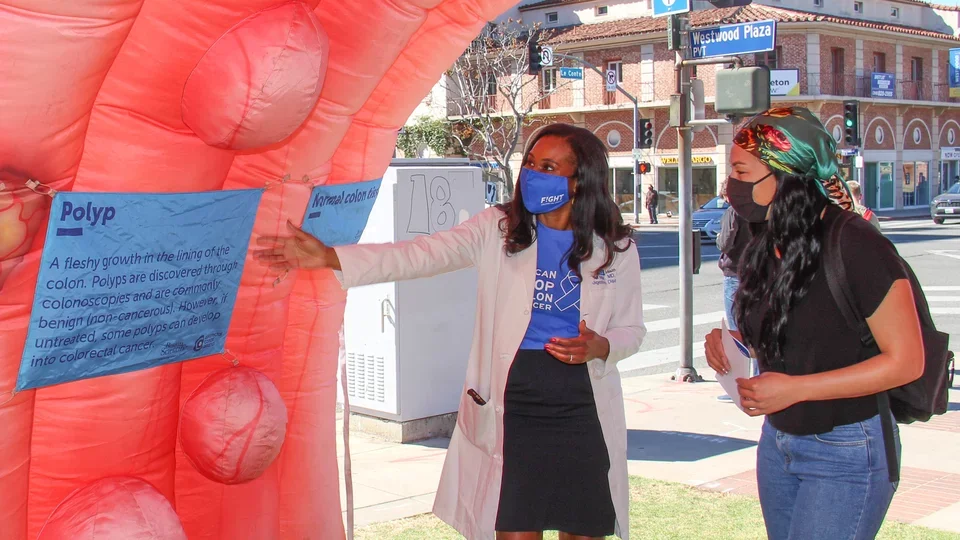
Learn More About Cancer Risk Factors During National Cancer Prevention Month
National Cancer Prevention Month empowers individuals to reduce their risk of cancer. It reminds people there are actions they can take, and that they have the power to make meaningful changes in their everyday lives.
Most importantly, it reminds people not to wait until they need treatment to start thinking about their cancer risk.
“We still don’t have a cure for any cancer, and even the new exciting treatments we hear about only work for a small proportion of individuals with a particular sub-type of the cancer being targeted. Cancer is not really a single disease, so a cure for cancer is a hope that is not likely to be realized in our lifetimes,” says Dr. Bastani. “There’s far less emphasis on prevention because the outcome of prevention is not obvious except way down the line. It’s not tangible.”
Early detection and cutting-edge treatments can only save so many cancer patients. Those interventions combined with prevention mean fewer unnecessary cancer deaths.
Below we’ve outlined some critical, but also alterable, cancer risk factors.
Alcohol and Cancer
According to the Centers for Disease Control and Prevention (CDC), drinking alcohol increases the risk of developing several types of cancer, including:
- Mouth and throat cancer
- Laryngeal cancer
- Esophageal cancer
- Colon and rectal cancer
- Liver cancer
- Breast cancer
American Cancer Society studies showed that, on average, alcohol intake contributed to 4.8% of cancer cases and 3.2% of cancer deaths from 2013 to 2016.
Obesity and Cancer
Dr. Bastani shared that research has linked obesity to a higher risk of developing thirteen different cancers. Those obesity-linked cancers are:
- Meningioma
- Adenocarcinoma
- Multiple myeloma
- Kidney cancer
- Uterine cancer
- Ovarian cancer
- Thyroid cancer
- Breast cancer
- Liver cancer
- Gallbladder cancer
- Upper stomach cancer
- Pancreatic cancer
- Colon and rectal cancer
Bodily changes triggered during states of overweight or obesity, such as inflammation and high insulin levels, contribute to the increased cancer risk.
“Obesity is an example of a lifestyle factor that doesn’t only increase the risk of developing cancer, but also affects cancer treatment,” Dr. Bastani adds. “Individuals at healthy weights do better on the same treatment than those who are obese, including children with cancer.”
Preventing obesity at an early age, including among children, is likely to lead to the best outcomes.
“It’s very hard to change weight and diet once it has been established,” explains Dr. Bastani, who starts obesity prevention outreach as early as preschool.
Smoking and Cancer
The CDC links 9 of 10 lung-cancer deaths to smoking cigarettes or being exposed to second-hand tobacco smoke. Smoking cigarettes is not only connected to lung cancer. It can increase risk for many other cancers, including:
- Acute myeloid leukemia
- Bladder cancer
- Cervical cancer
- Colon and rectal cancer
- Esophagus cancer
- Kidney and renal pelvis cancer
- Laryngeal cancer
- Liver cancer
- Trachea and bronchus cancer
- Mouth and throat cancer
- Pancreatic cancer
- Stomach cancer
Information on the long-term benefits of smoking cessation creates a compelling case for quitting. According to the CDC:
- The risk of developing mouth, laryngeal, or throat cancer decreases by half within 5-10 years of quitting.
- The risk of developing bladder, esophagus, or kidney cancer decreases within 10 years of quitting.
- The risk of developing lung cancer decreases by half within 10-15 years of quitting.
- The risk of developing cervical cancer decreases by half within 20 years of quitting.
- The risk of developing mouth, throat, laryngeal, or pancreatic cancer drops to that of a non-smoker within 20 years of quitting.
Research on the long-term health effects of smoking e-cigarettes and using other vaping devices is still in its infancy. Dr. Herrmann, who conducts cancer prevention research at the JCCC, described research that she and her colleagues are doing to address the vaping epidemic in schools and medically underserved communities. She pointed out that the increases in vaping among youth we have seen over the past decade threatens the progress we have made in tobacco control in California. While these products have not yet been linked to any cancers, they do pose significant health risks.
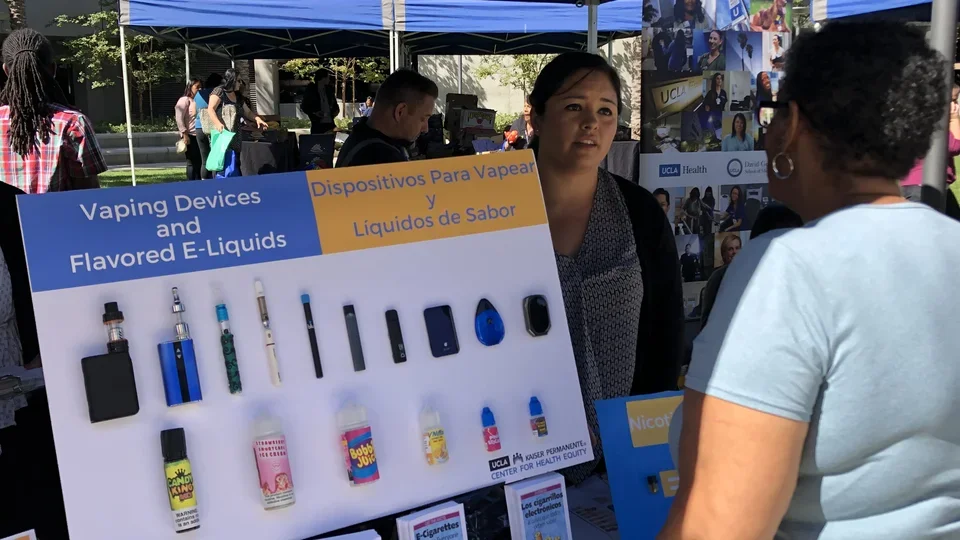
Infection and Cancer
Several viruses may cause human cancers. These include:
- Epstein-Barr Virus (EBV) (associated with Burkitt’s lymphoma, nasopharyngeal carcinoma, and some forms of Hodgkin’s disease)
- Human Papillomavirus (HPV) (associated with cervical carcinoma, anal carcinoma, oropharyngeal carcinoma, and penile carcinoma)
- Herpesvirus-8 (associated with Kaposi’s sarcoma, primary effusion lymphoma, and multicentric Castleman’s disease)
- Hepatitis B and C Viruses (associated with hepatocellular carcinoma)
- Human Adult T-cell Leukemia Virus Type 1 (HTLV-1) (associated with T-cell Leukemia)
- Merkel Cell Polyomavirus (associated with Merkel cell carcinoma)
- Helicobacter pylori (associated with stomach cancers)
Of these virus-and-cancer pairs, “HPV vaccination has a tremendous potential for prevention” says Dr. Beth Glenn from the JCCC. The American Cancer Society says that the HPV vaccine could potentially prevent about 90% of cancers caused by HPV infection. This has led Dr. Bastani and her colleagues, including Dr. Glenn and Dr. Herrmann, to conduct a series of studies to identify the most effective strategies to promote use of the HPV vaccine in primary care clinics.
Cancer Prevention and You
Positive lifestyle changes today can make a significant difference to health in the future. A variety of resources are available to support individuals through difficult behavioral changes and other prevention and early detection measures. Resources you can seek in your area include:
- Smoking cessation assistance programs
- Addiction treatment programs
- Substance abuse programs
- HPV vaccinations
- Medical weight management programs
- Cancer screenings and consultations
UCLA 2023 Cancer Prevention Awareness Flyer
UCLA Cancer Centers and Resources
- UCLA Kaiser Permanente Center for Health Equity
- UCLA Jonsson Comprehensive Cancer Center
- UCLA Center for Prevention Research
- Parker Institute for Cancer Immunotherapy
- UCLA Health Smoking Cessation Support
- UCLA Center for Behavioral & Addiction Medicine (CBAM)
- UCLA Integrated Substance Abuse Programs (ISAP)
- UCLA RFO Weight Management Program


